|
A very acute contradiction exists among the images of Morocco. Travel magazines like Afar or Travel+Leisure depict peaceful sanctuaries of elaborate tilework and intricately decorated gardens. Sun splashed courtyards with heavenly mint tea amidst colorful stone walls evoke the most romantic notions. But step foot in the Fes or Marrakech medina and a different feeling emerges. Questionable odors, streams of unknown liquids, animals on chains, and a sea of pushy, trinket-slinging Moroccan salesman dominate the streets. The truth is, both images are real. How they comingle is what makes Morocco such an intriguing place. There’s a simple pleasure in the arrival - any arrival - after traveling a long distance. After nearly 8 hours on the train from Fes to Marrakech, stepping onto the station platform is a joyous occasion. And after the narrow streets of Fes, being greeted by Marrakech’s modernity and open spaces is another greatly appreciated change. A short taxi ride from the station, Jemaa El Fna, Marrakech’s world famous plaza in the center of the medina, is awash with tourists and locals attempting to sell something - anything - to tourists. Snake charmers, henna artists, musicians, men with monkeys on chains, and Argan oil salesmen each stake out claims in the center of the square. Horse-drawn carriages pass by and rows of carts sell freshly-squeezed orange juice for 4 dirhams (about 60 cents) a cup. Our riad, again, is a beautiful respite from the chaotic and odiferous streets. Vines climb the south-facing grey stone walls and the center garden catches the day’s last rays of sunlight. Marrakech’s grasp on tourism is vastly improved over Fes and while more shops and restaurants make life easier on travelers like us, sales tactics are more evolved. As we walk through the medina’s tight streets, vendors welcome us, ask (or guess) where we’re from, then request we look in their shop, all in a matter of seconds. Shouts of “Madame,” “Australia,” “Bonjour,” and “Hola” come from every corner. Pushing through the narrow lanes and small plazas of the souks (markets) on our second day, we make our way to Madrasa Ben-Youssef, the largest Islamic college in Morocco. Founded in the 14th century, closed in 1960, then renovated and reopened to the public as a historical site in 1982, it’s an architectural wonder. Vibrant, symmetrical tiles splash the courtyard walls with color and life. Small dark rooms where students once lived make up the rest of the ancient college. And as with most buildings in Morocco, the quiet interior provides peace and calm from the tumultuous streets. The next day we head to the beautiful Bahia Palace, built in the late 19th century. After our visit, we learn that Si Moussa, the grand vizier of the sultan, built the palace’s central basin and its surrounding rooms for his concubines. My how times have changed. Making our way back to the riad, passing half-starving stray cats in dark alleyways, we again walk through the main square, Jemaa El Fna. Snake charmers taunt cobras and vipers, lying out of the sun under umbrellas. The cobras stand up in a defensive posture, sneering at the men playing loud music and jeering the venomous reptiles with their flutes and drums. A few feet away, large monkeys on chains (more overt animal cruelty than in Thailand, where monkeys wear diapers) bounce up to their “master’s” shoulders as the handlers try to push them on tourists in exchange for cash. Through the square and among the shaded alleyways, turtles and chameleons live stacked on top of one another in tiny cages. These images reveal the unsavory reality that in places like Marrakech, people will do almost anything for money. At a point when we may be feeling our lowest about Morocco, we spend an afternoon visiting both Henna Cafe and Marrakech Henna Art Cafe (we’re just as confused by the similar names as you are). Henna Cafe offers henna, tea, and traditional Moroccan snacks to support its education and empowerment initiatives for local Moroccan women. Providing jobs and classes for women in need, it’s a social enterprise giving back to those in the community who have little else to rely on. Meanwhile, on the other side of town, Marrakech Henna Art Cafe is following a similar path. Lori Gordon, an artist from South Dakota, opened the cafe earlier this year with hopes of giving back to the community in her own way. Serving up henna art and delicious eats, Lori recently founded a sister non-profit that will support underprivileged Marrakech youth through free art and photography lessons. And again, visions of hope oppose images of exploitation. Beautiful riads, charming ancient buildings, and altruistic entrepreneurs clash with the often unseen, grittier side of Marrakech. Like many places we’ve traveled, it’s not a matter of what’s nice or not; what we like or dislike. It’s the space in between the peaceful images in magazines and the chaotic reality that makes traveling here so fascinating. We’ve come to appreciate the slight discomfort and imperfection that comes with the beauty of each experience.
0 Comments
The last morning in Fez is quick. Although the train to Marrakech doesn't leave until 10:40am, we set an early alarm, paranoid that our riad's interior facing windows let in too little light to wake us up, as it's equally dark at 10am and 10pm. After a quick breakfast of msemen, khobz, and krachel with jam, a small banana yogurt, coffee, fresh squeezed OJ and Moroccan mint tea, we leave to our beautiful (and somewhat rough around the edges) cave and head down the narrow staircase, ducking under the low slanted wood ceiling. We say goodbye to Aziz, the 20-something Senegalese riad host before heading out into the chaos. The night before Aziz tells us that he works 7 days without any breaks, and will continue "this life" until he finishes his studies and can find a better job. "The human rights in this country are less," he says with a small shrug, as if he were explaining that the sky is blue. The $2 taxi ride to the train station consists of polite conversation in broken English and French. After buying our tickets, we head outside for some fresh air before the 7.5 hour ride. Platform one is filled with people of all ages. Some women are wearing colorful and ornate burkas, some wear pants, a blouse, and headscarf, and others look like college students stepping straight out of an American mall. It's not the first time since our arrival in Fez that we look around and realize we're the only tourists in the crowd. The train pulls up and we all file into the 2nd class cars, each of which is sectioned off into 8-person compartments. We choose a compartment to ourselves, agreeing that, even with the lack of air conditioning (or air of any kind), this will undoubtedly be a more comfortable ride than the Reunification Express in Vietnam. As we roll through the desert hills, past orchards of Argan trees (which produce trendy Moroccan cosmetic oil), more and more people get on at each stop. For a good 45 minutes, each passenger pauses at our compartment then continues to move on once they see us smiling back at them. We're not taking it personally and relish the privacy until the rest of the train assumingly fills up and we're joined by four women and one man. Seven of the eight seats are occupied and one woman, with intense penciled eyebrows, blonde highlights, denim jacket, and boyfriend that she's (gasp!) touching, guards the eighth seat with her over-sized handbag. It's a nice group of people and we share a laugh at our own confusion when a man comes by and hands us each a full size toothpaste, toothbrush, and mint soap with a very animated sales pitch in Arabic. We have no idea what's going on and hand him back the toiletries as everyone else chuckles. Only leaving the compartment once during this long journey, we find the bathroom, located dangerously close to the open train door. Continuing through the dry desert, candy wrappers and plastic bottles line the tracks. Similar to some of the places we've visited in southeast Asia, Morocco lacks the infrastructure needed to dispose of (let alone recycle) most of its trash, yet is dependent on imported plastic bottles for drinking water. We pass by makeshift shacks, no taller than 5 feet, some with mules parked outside and a few topped with satellites. Farmland, goats and four and a half hours separate us from Casa Blanca, a large and modern city with sizable homes and landscaped neighborhoods. Just like McDonald's on the outskirts of the medina, there is an obvious division between the new and the old, the modern and the traditional. Or maybe it's as simple as a division of wealth. We certainly don't have an answer, but we continue to thoughtfully observe. The train rolls through the desert and the landscape evolves as we take it all in. Next stop, Marrakech.
We've gotten soft. Our badass traveler edge has dulled after one too many days sipping wine and smearing soft cheese on fresh baguettes in the French countryside. Needless to say, the transition from tiny Vendome in the Loire Valley to the medina (old city) of Fes, Morocco is a bit shocking. Located in northern Morocco, about 4 hours south of Tangier and 6 hours north of Marrakech, Fes is the country's second largest city with over 1 million inhabitants. The medina (Fes el Bali), with a population of over 150,000, is considered the most intact and least modernized ancient city in the Arab world. We arrive late at night, gazing out the taxi windows in silence as we speed through the desert in complete darkness. As we round a corner, the curtain drops on thousands of square white buildings, stacked up on the hillside like Legos. The medina accurately looks like a throwback in time; exactly how we picture a thousand year old city to be. Although it's after 11pm, the streets are chaotic. People rush by in every direction and children play among the crowds. We're met at the corner and escorted into an intensely narrow and incredibly dark alleyway. We turn left at a dead end, revealing a slightly wider street with a handful of stray cats eating from a pile of garbage in a corner of adjacent stone buildings. We enter our Riad (a traditional Moroccan inn) and pass through the small reception desk into a beautiful center courtyard. In an instant, the chaos from outside melts away as we admire the surrounding 30' walls covered with incredible tile mosaic and detailed carvings, leading to the open square above. The next morning, we venture into the medina for some exploration. On our way out, we decline the offer for a guide, preferring independence and believing that getting lost in a new place is quite possibly the best part of traveling. What we don't realize is that the medina is unlike anywhere we've ever experienced. Web, maze, labyrinth… all are suitable to describe the 9,400 tiny streets that haphazardly criss-cross in every direction. The "main streets" are no more than eight feet wide, with street vendors on either side. There are no cars; only mules to carry goods, squeezing by in tight corners and forcing us to watch our toes. Not more than 10 minutes into the medina and a nicely dressed, seemingly generous man offers to take us to a "festival." We say thank you, but no, and move on. A few steps further into the narrow and market-filled street, another young man tells us to turn back to see the last few hours of the festival. Thinking we may be missing out, we turn back, only to find the original gentleman apparently still waiting to show us the way to the festival. We’ve read about these type of “guides” in the old medina. Gregarious, and seemingly helpful young men who generously offer their time to show you around the maze-like old city. They are “students” who want to “practice English.” They ask you where you’re from, whether you like Obama (if you’re American, at least), and if it’s your first time to Morocco. They explain that maps won’t work in the medina and you will inevitably get lost. They offer to show you the way, and then they take off, walking at a brisk pace through the incomprehensibly difficult streets and passageways, turning back every few minutes to make sure you’re following along. When you’ve reached your destination, they request something in exchange. If you tell them no, they shout expletives and call you a terrible person. And this is exactly how it happens to us. Within our first day, we’re approached three times. First, we’re promised a “festival” before being led to a leather shop that is next to the famous tannery. We walk past huge piles of bloody animal skins, many with hooves or other body parts still intact. The stench is terrible and after we decline to buy anything and turn around, the owner demands compensation for the “tour” of his shop (that we walked in and out of). A few hours later, we’re approached by a “student” who we kindly request to “leave us alone, please.” After dinner, while we’re attempting to navigate in the general direction of our riad, a third man approaches us and tells us that we can’t go through the market because the gates are closed at 8pm (not true, we later learn). We explain many times that we don’t need help and can make it home ourselves, to which the replies, “maps don’t work” and “you will get lost,” as he walks beside us. When we directly tell him that we don’t need help, he tells us “don’t worry,” and that we look "like Japanese," who he tells us are also “paranoid people.” We make it a bit further and again ask him to leave us alone. Finally stopping, he says “something for me?” When we decline, he launches insults at us, following for another ten minutes yelling that we’re stupid and bad people. Let’s just say he’s no longer offering the initial “ahlan wa sahlan” (welcome) to Morocco. It’s an eye-opening first day and we start to understand why the few tourists in Fes are walking quietly with a small group behind a (legitimate) hired guide. But within a few days, the medina starts to grow on us. Meeting the challenge of navigating the confusing streets is strangely gratifying and we get better at ignoring the constant offers for help. It’s still foreign and chaotic, but with a little time, feels a lot less intimidating. We visit Bab Boujloud (the blue gate), the Kairaouine Mosque (which, as non-Muslims, we cannot enter) and do a little shopping (negotiating/haggling, aka self-inflicted torture). We walk past the butcher, dodging the camel head hanging in the window, drink a boatload of peppermint tea and eat some delicious Moroccan food (skipping the camel meat). We don’t drink alcohol, mainly because it’s nowhere to be found. And we take the time to appreciate the vast differences in nearly everything. There’s absolutely no question that Fes is leaving an indelible mark on us, and on our travels. As we pack our bags to move on, we agree that Fes and the medina are an experience we would never take back... but also one we probably wouldn’t choose to have again.
|
Cohica TravelA travel design agency. Categories
All
Archives
October 2023
Follow us on Instagram @CohicaTravel
|

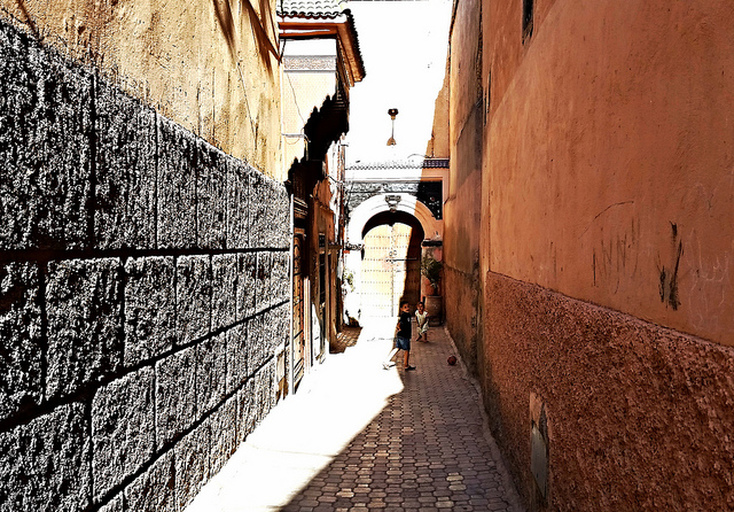
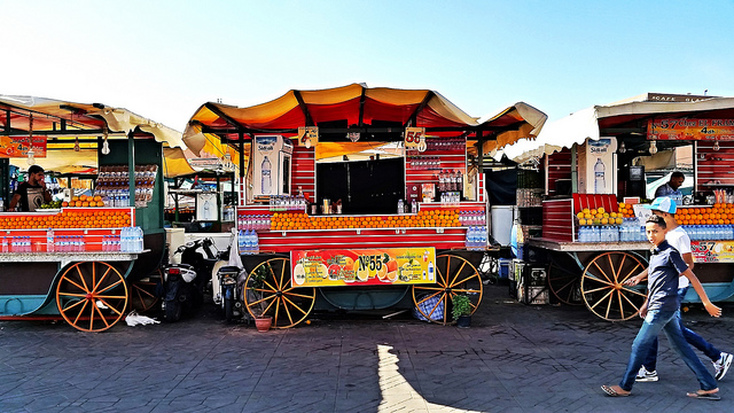
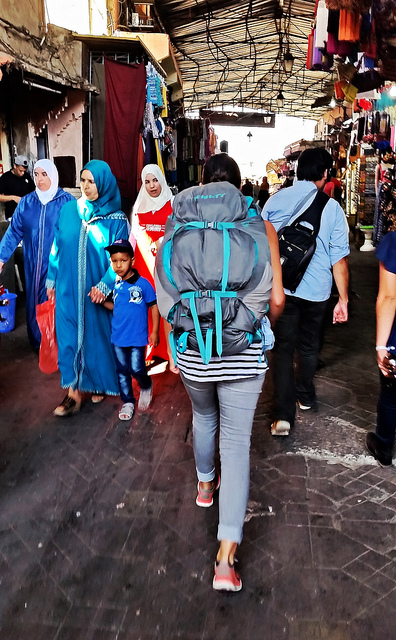
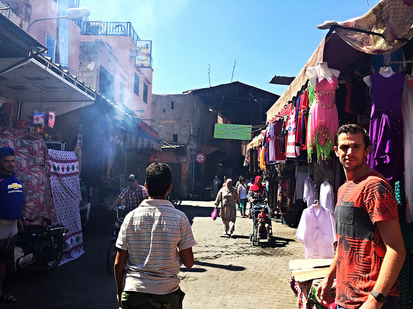
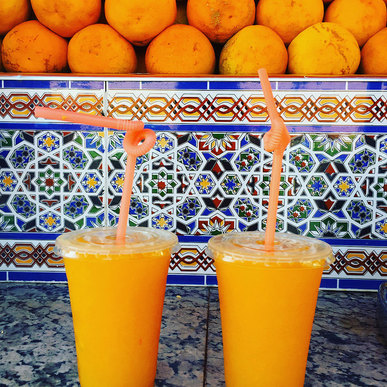
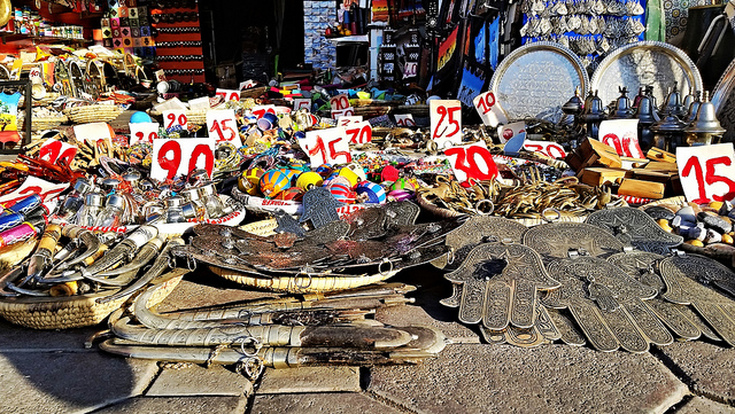
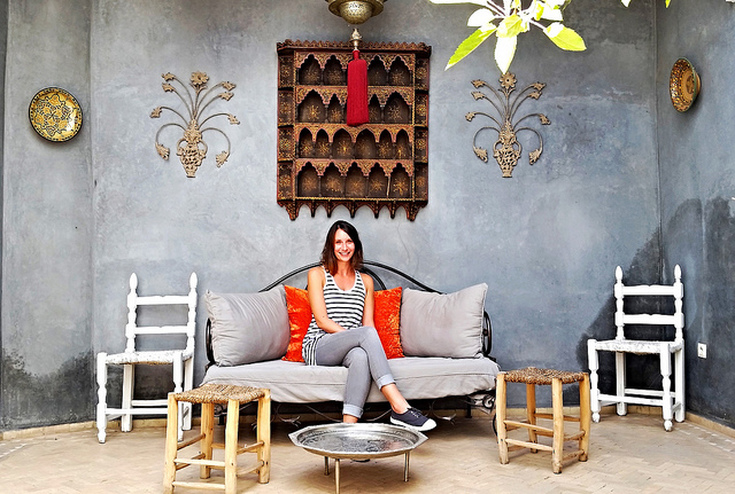
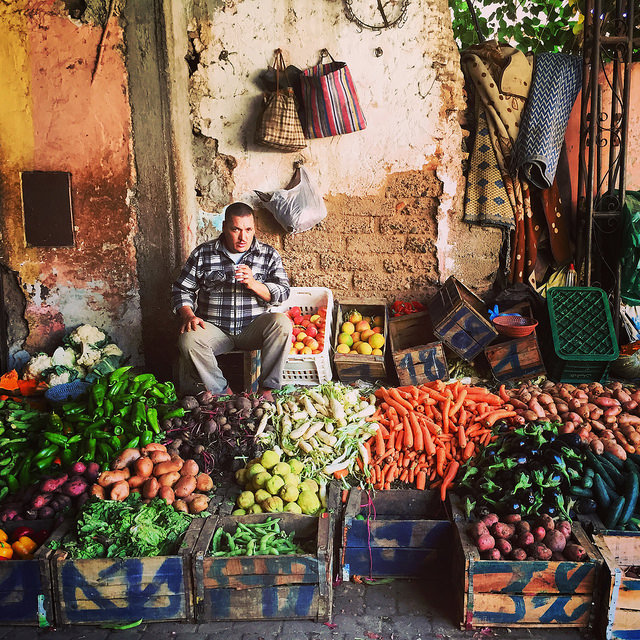
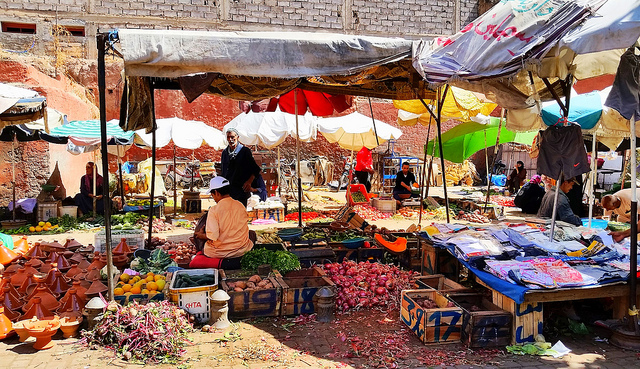
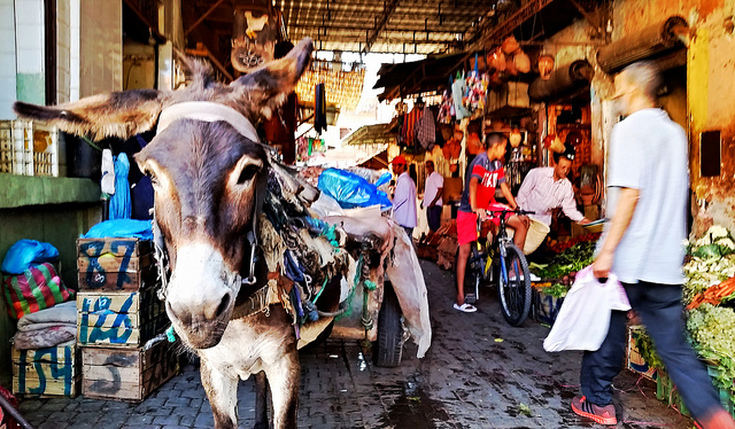

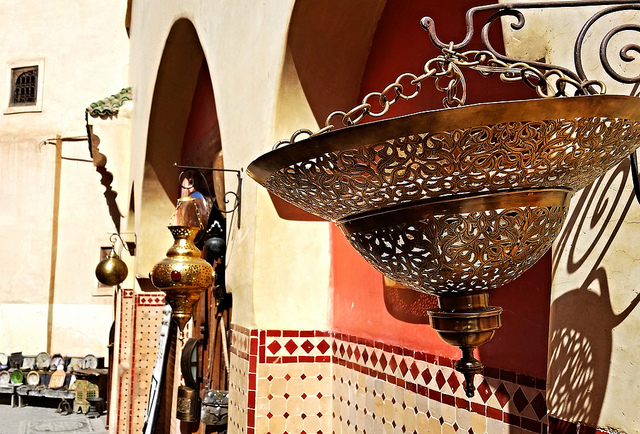
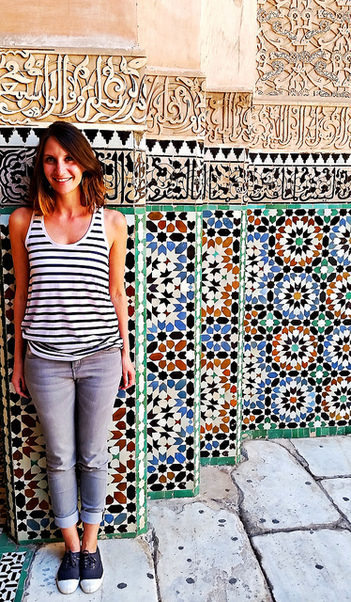
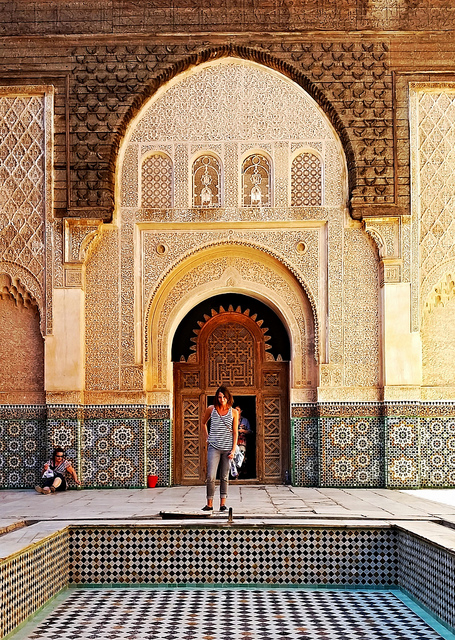
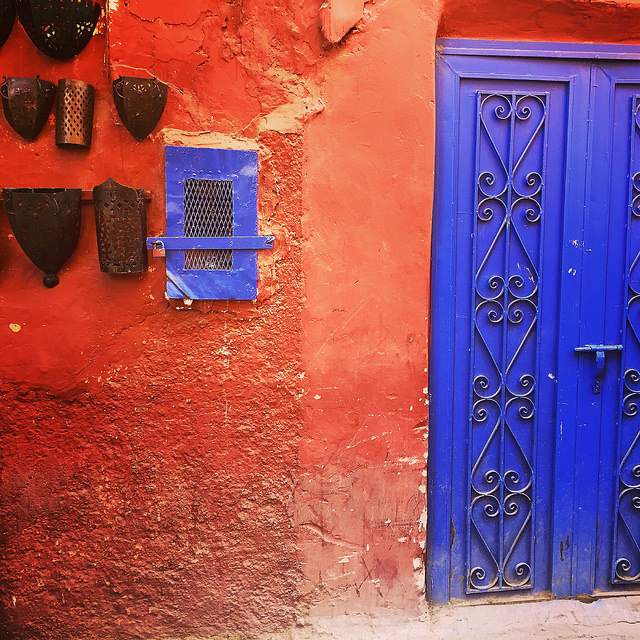
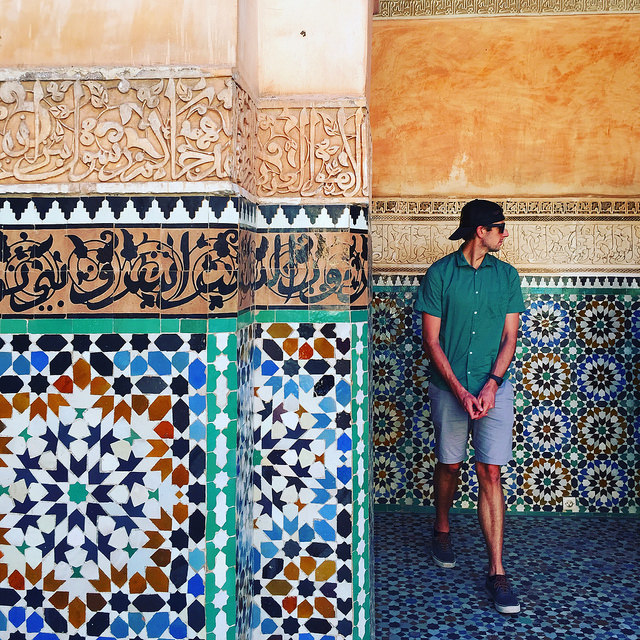
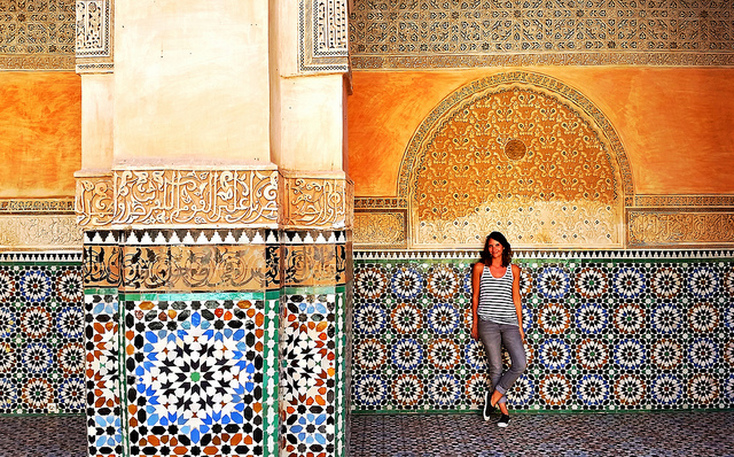
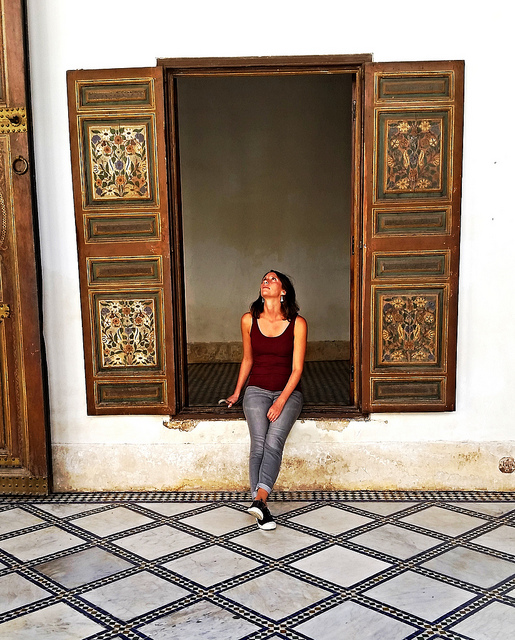
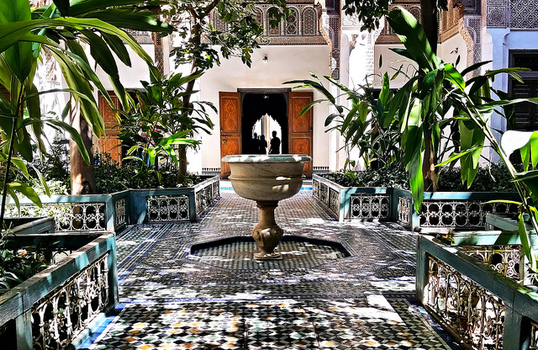
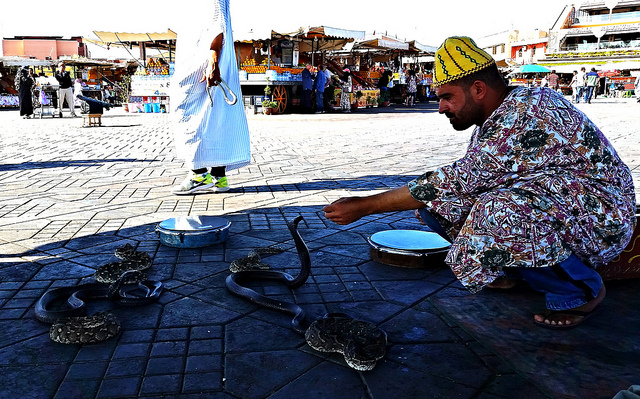
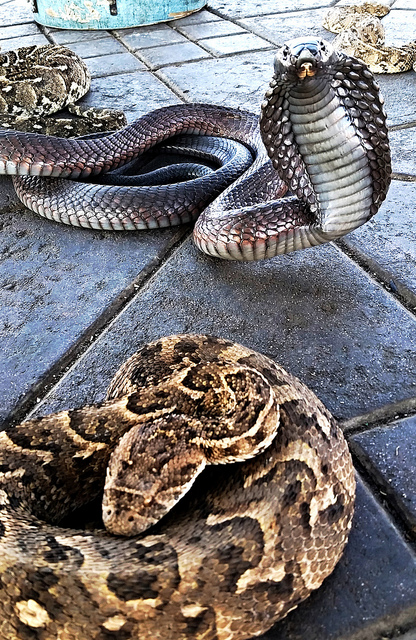
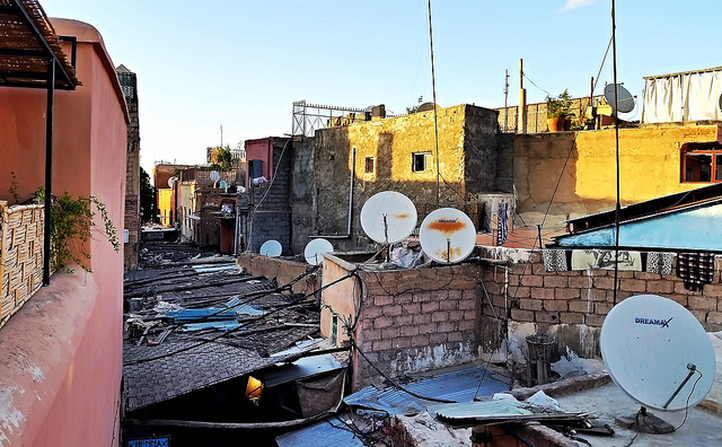
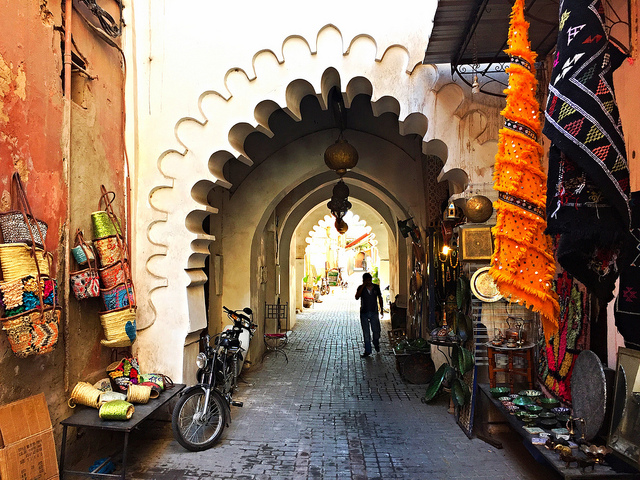
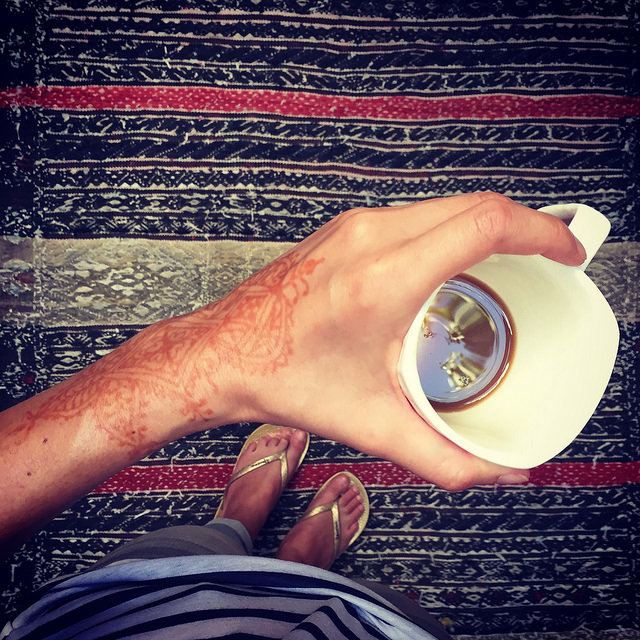
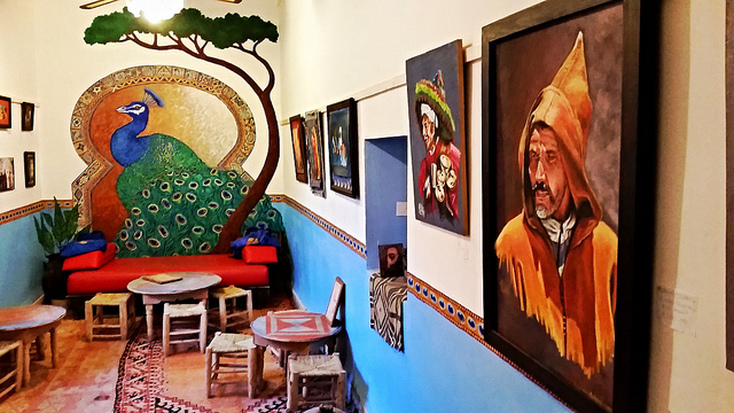
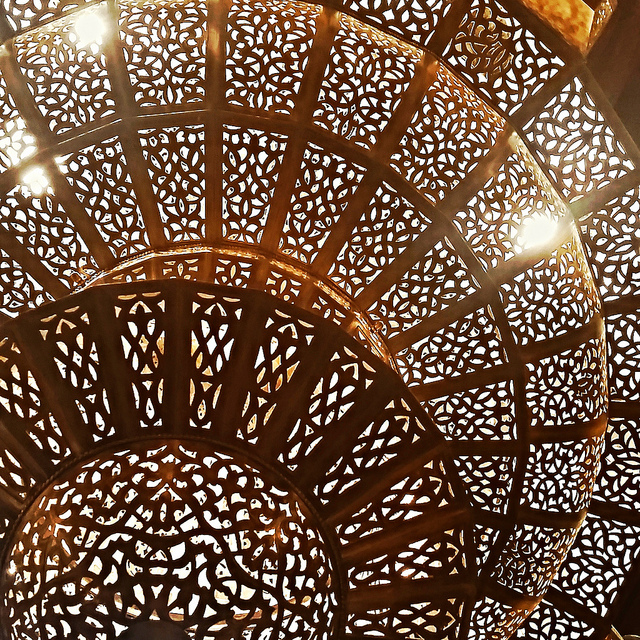
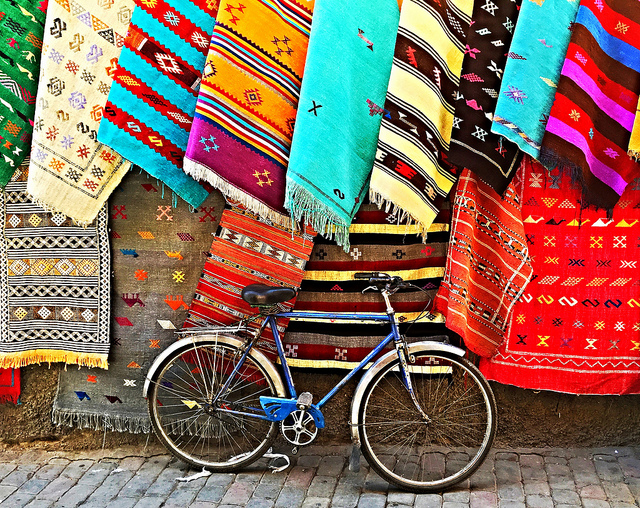
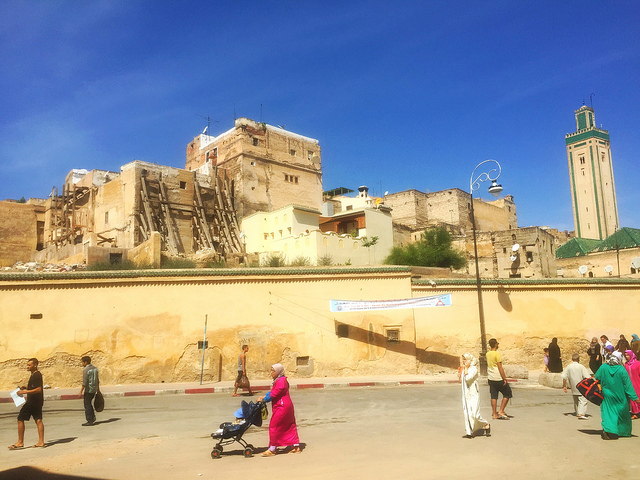
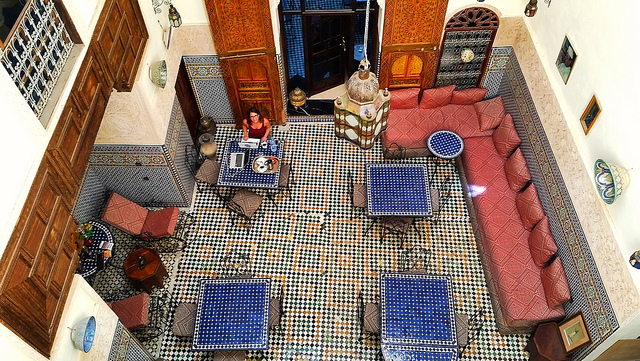
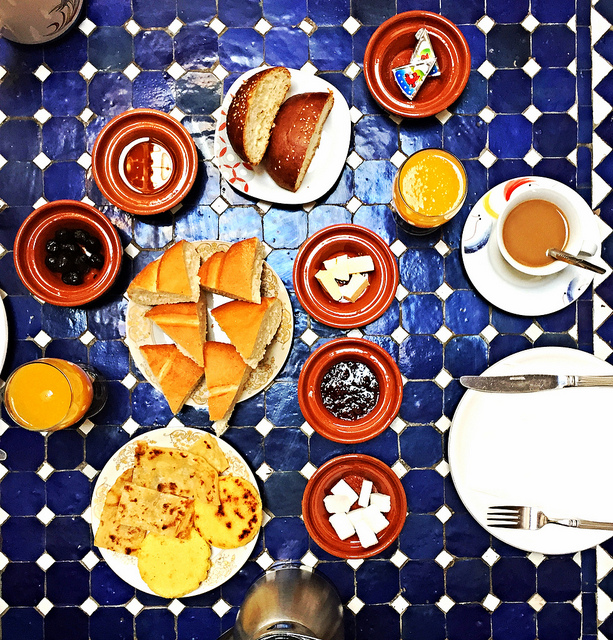
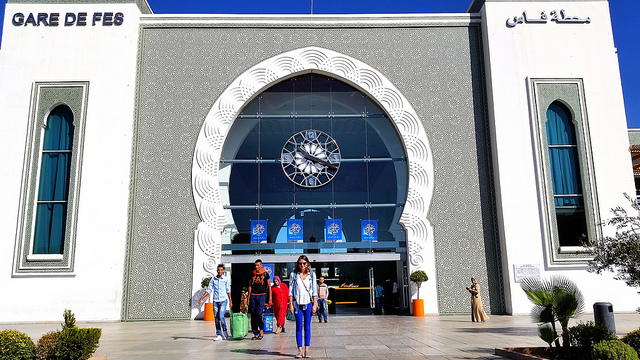
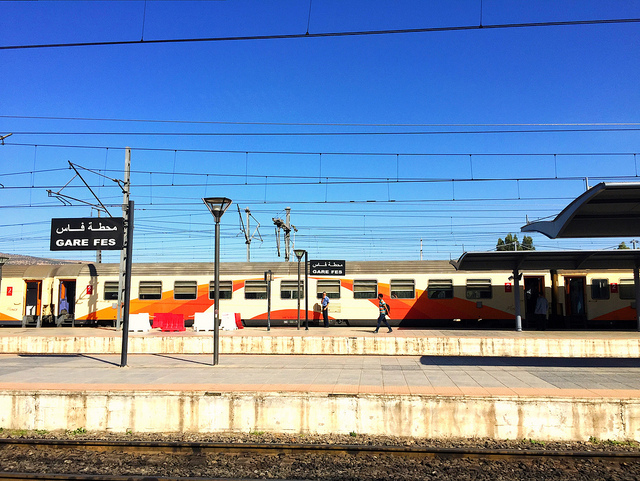
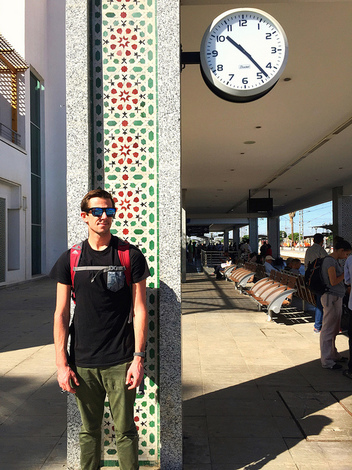
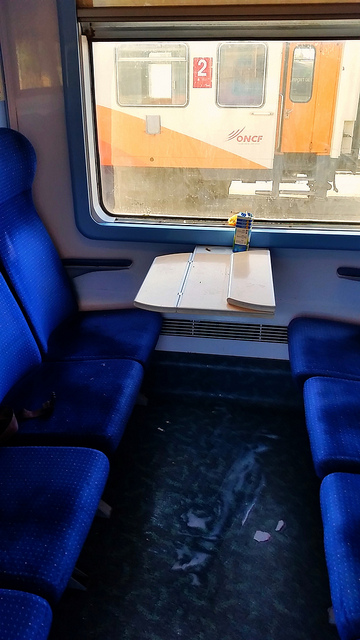
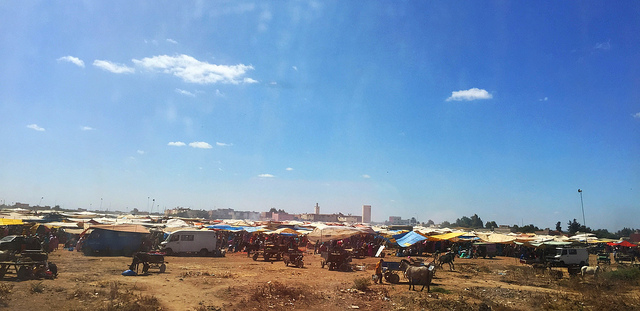
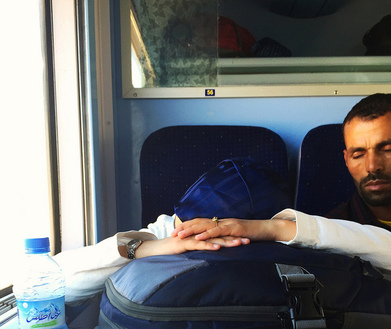
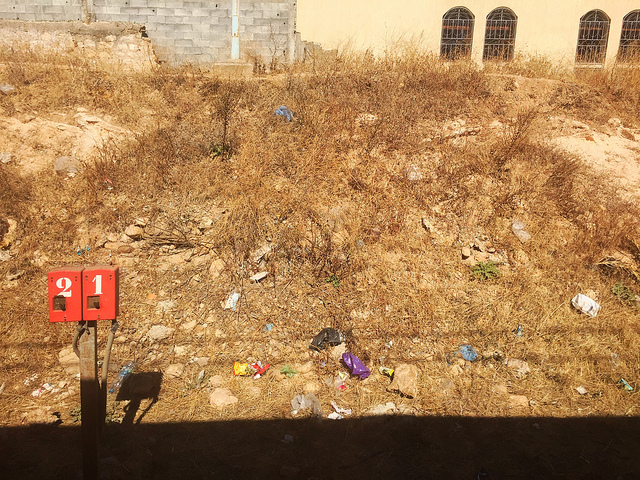
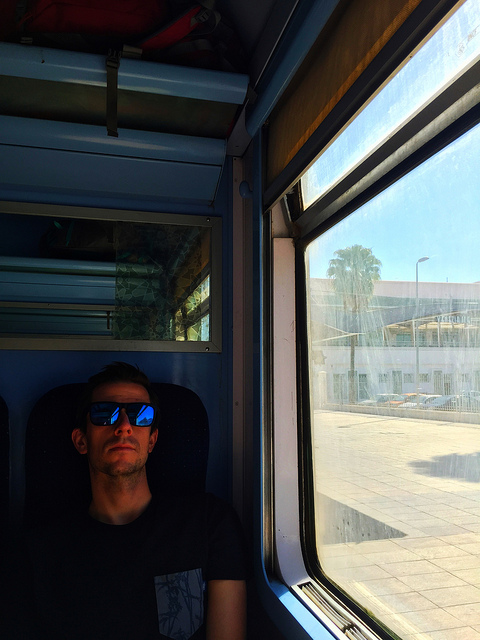
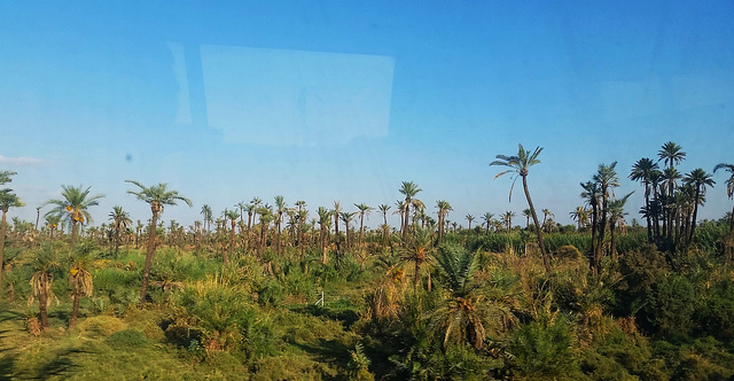
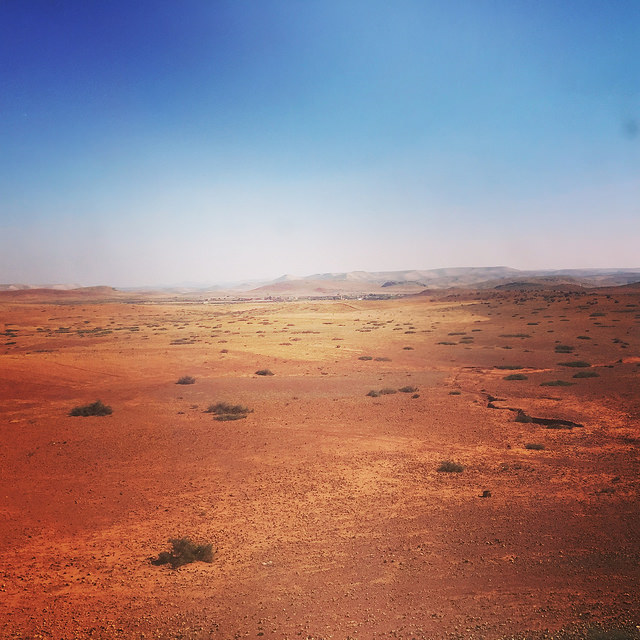
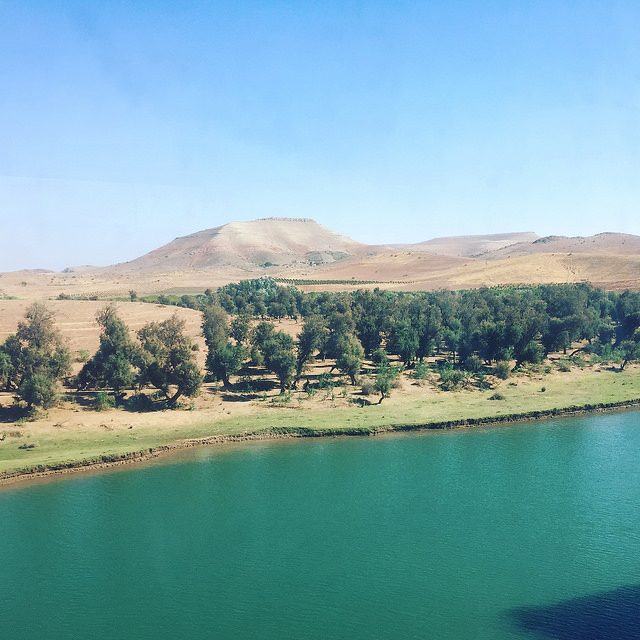
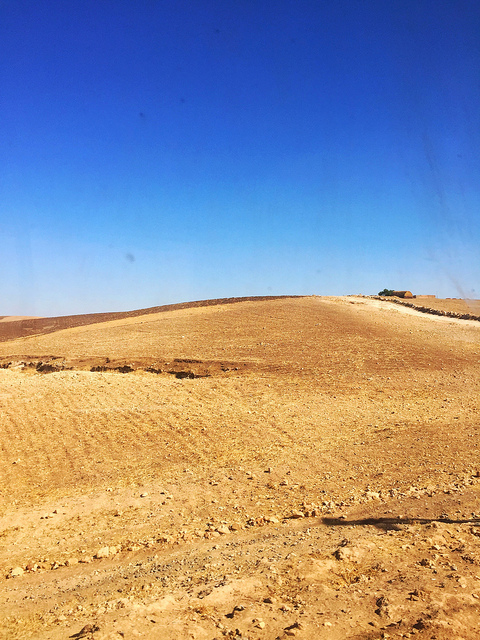
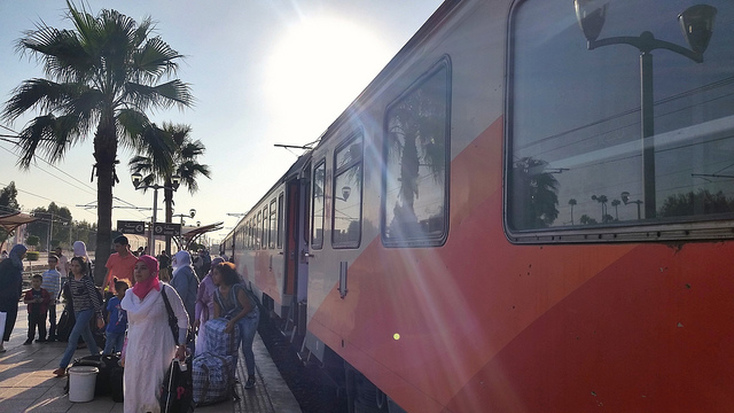
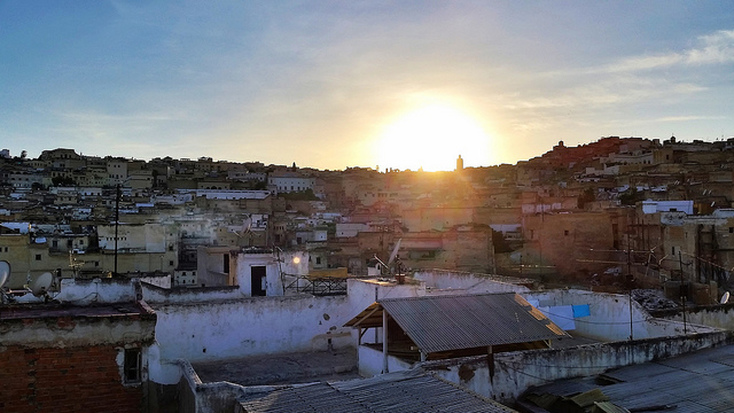
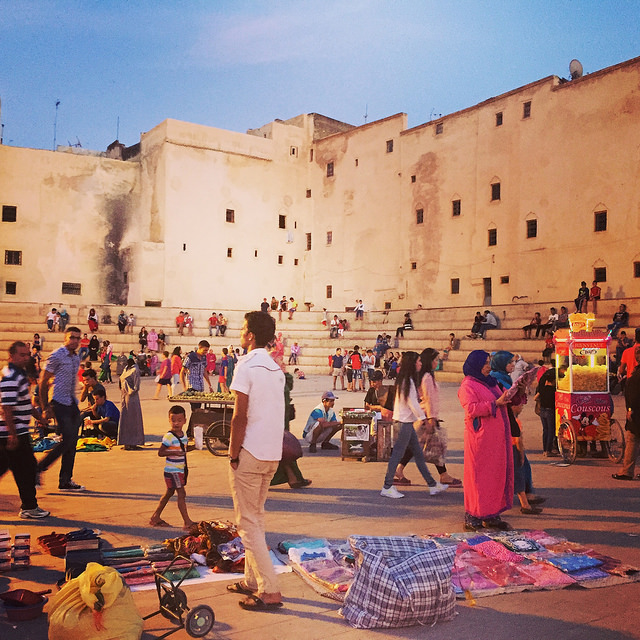
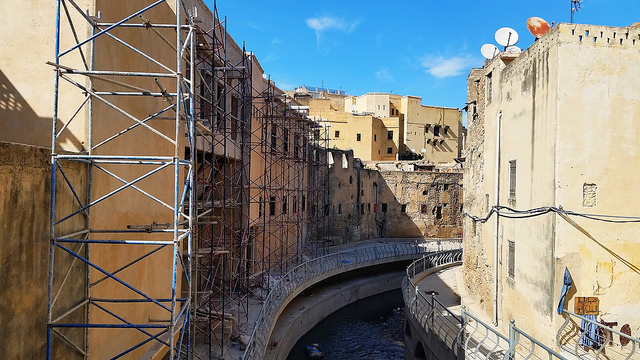
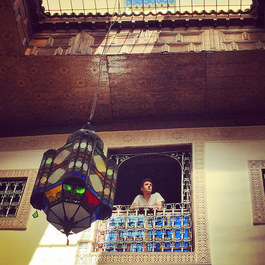
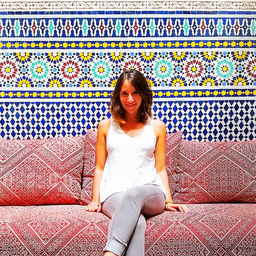
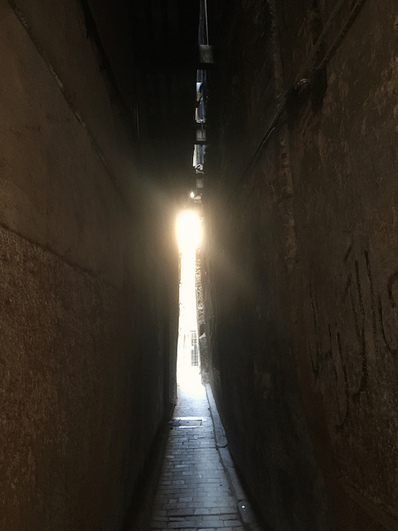
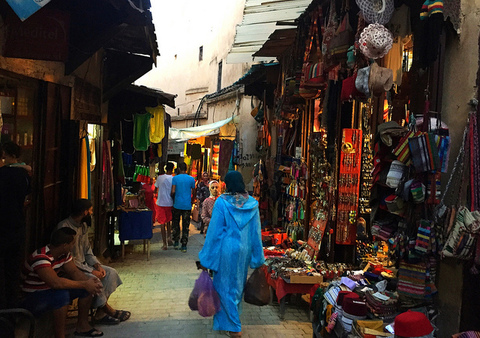

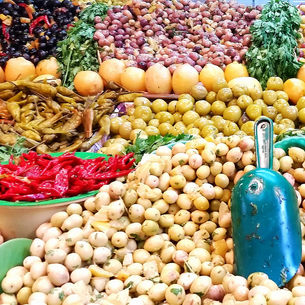
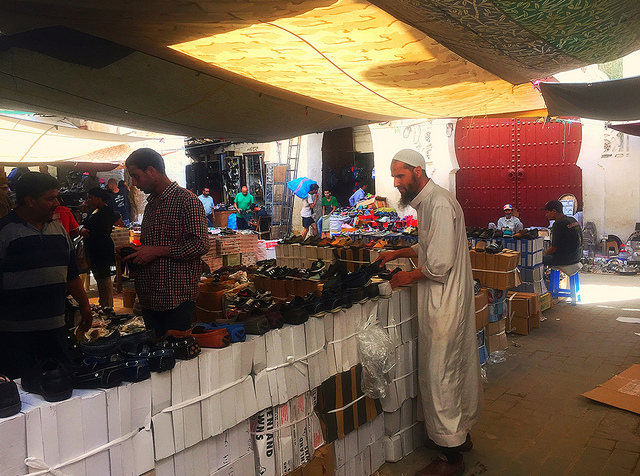
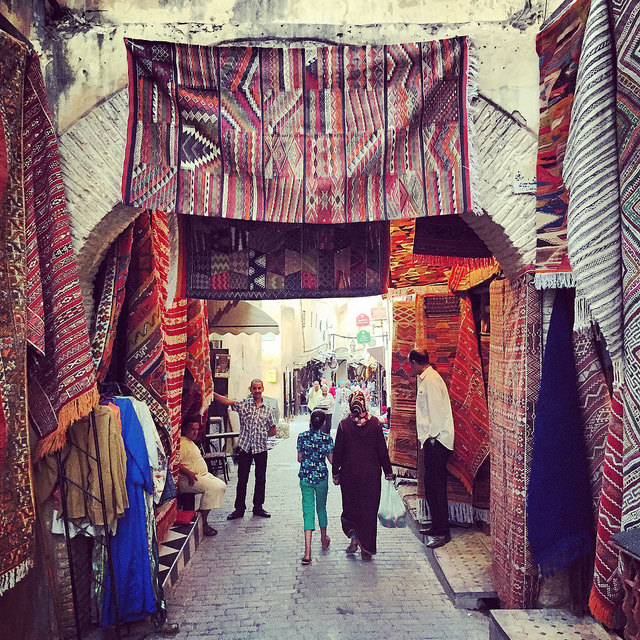
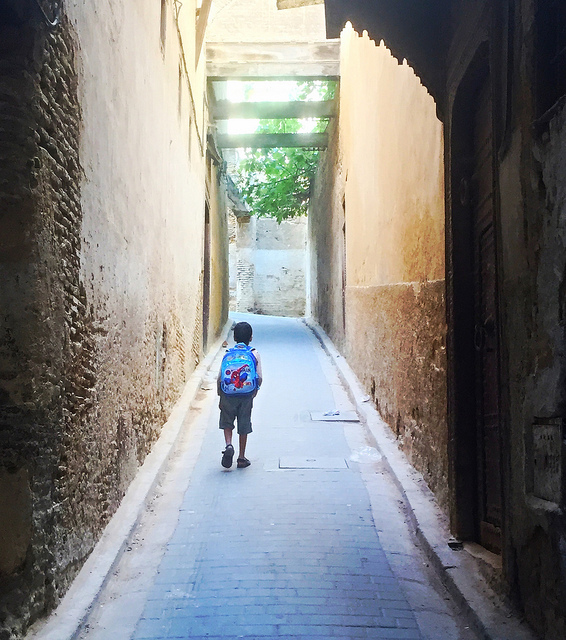
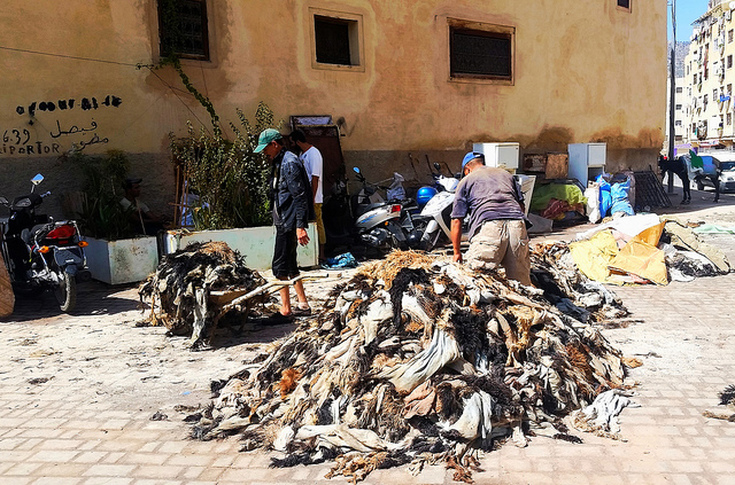
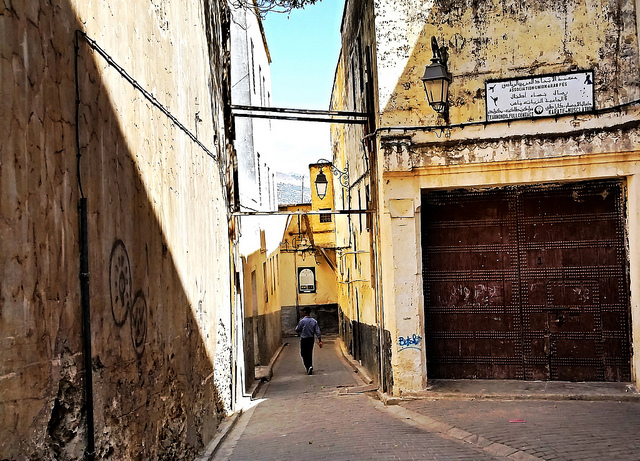
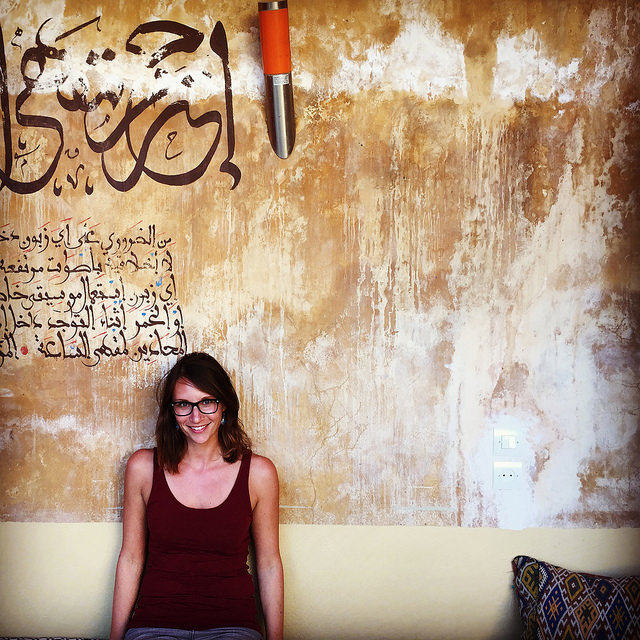
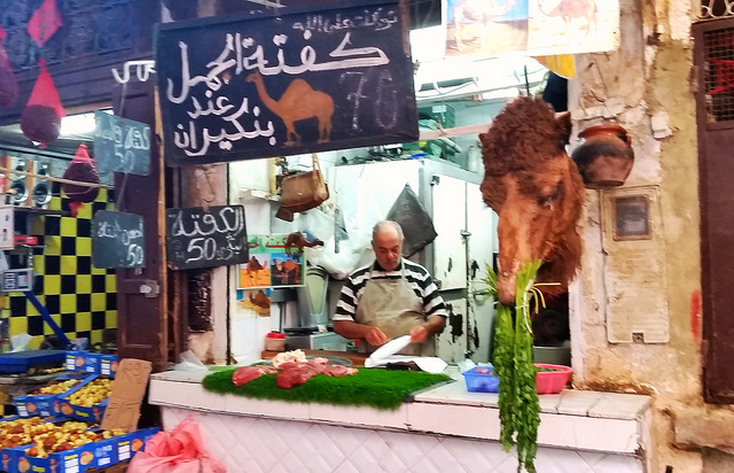
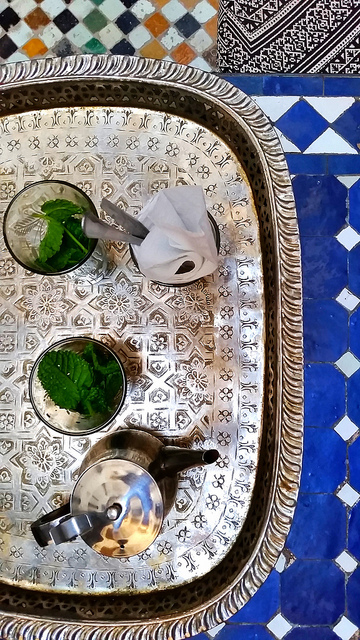
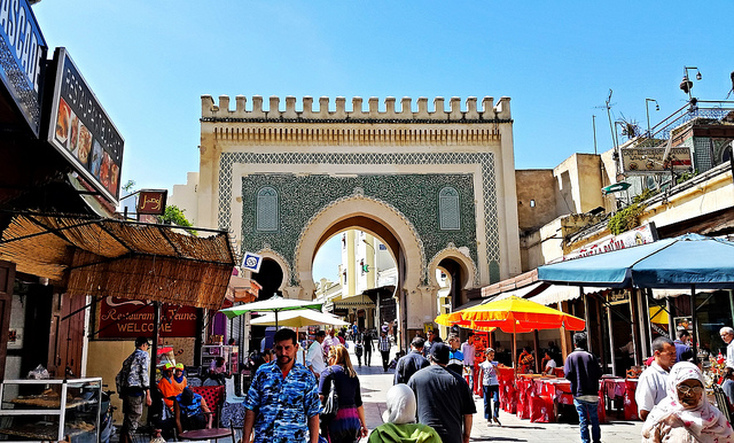
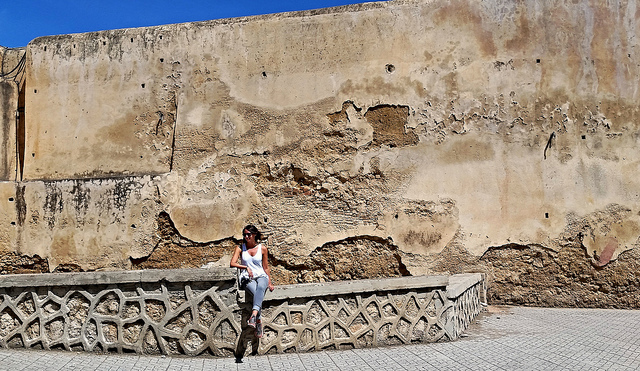
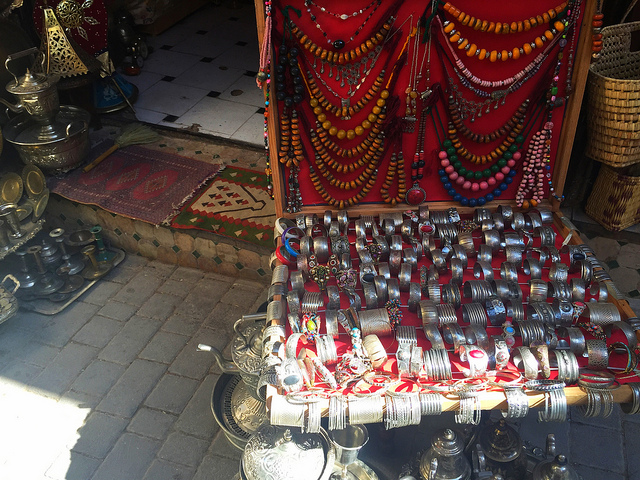
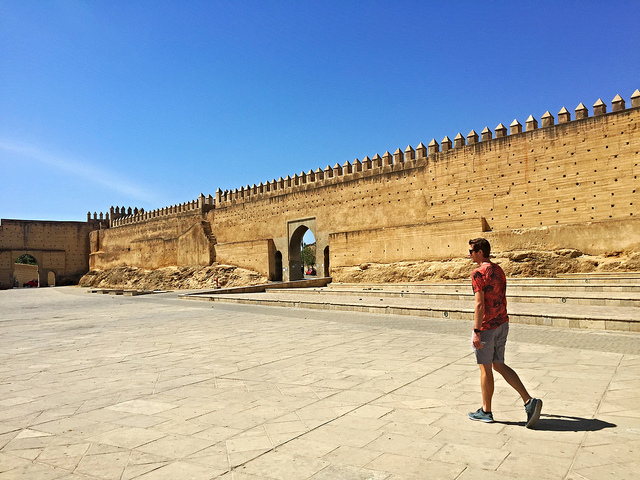
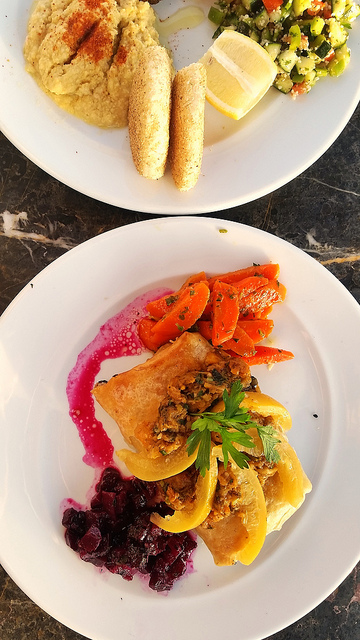
 RSS Feed
RSS Feed
